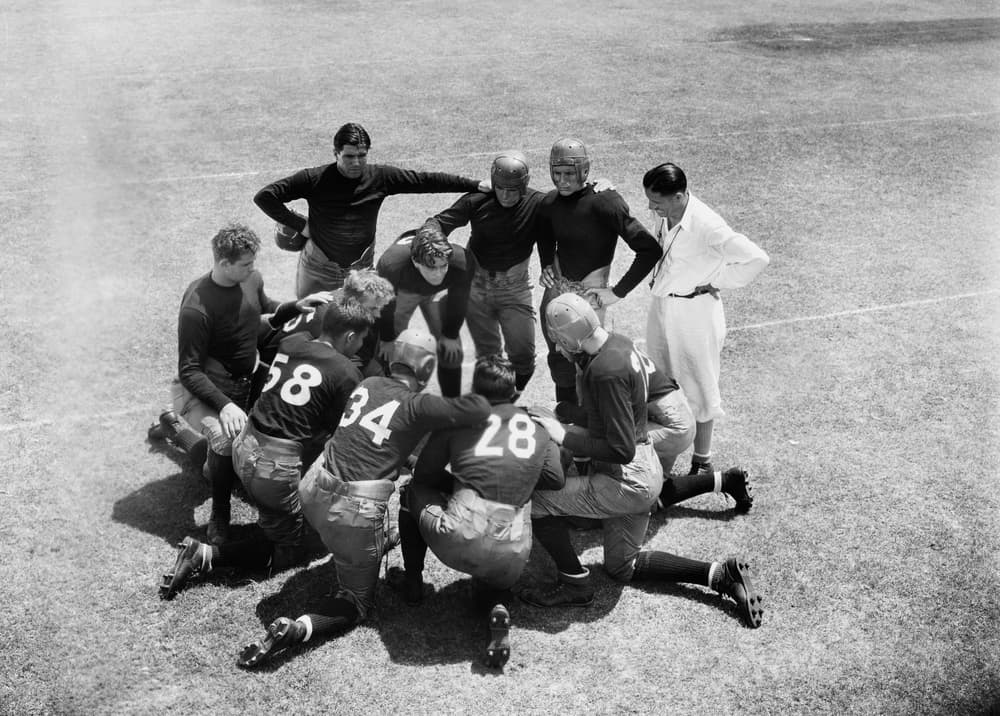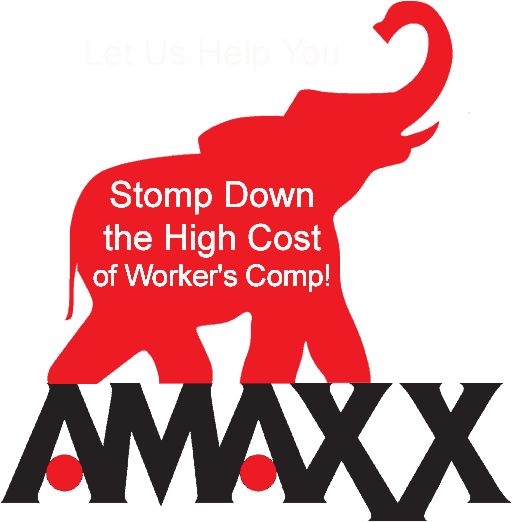
The organization’s latest research brief drills down further and outlines additional revelations:
- These multimillion-dollar mega workers’ comp claims are frequently the result of motor vehicle accidents or falls from elevated levels.
- It is the Contracting industry group that has by far the greatest share of mega claims
- The carpentry classification has had more mega claims than any other class over the past 15 years.
- The trucking classification — representing short-haul and long-haul — ranks 2nd in both mega claims and all lost-time claims.
- Central nervous system injuries (neck/spine or head/brain) and injuries to multiple body parts account for nearly 95 percent of mega claims. For lost-time claims, these categories make up only 16 percent of the claim total.
- Hospital inpatient and home health care account for more than half of the mega claim medical costs. This is in stark contrast to all lost-time claims where physician expenses and hospital outpatient represent most of the medical costs.
- Approximately two out of three mega claimants spend at least three months as a hospital inpatient, and approximately one in five are in the hospital for more than a year.
Armed with this knowledge, workers’ compensation stakeholders should focus their efforts on preventing these injuries — especially in the industries affected most.
Click Link to Access Free PDF Download
“How Do I Get My Adjusters To Follow My Account Handling Instructions?”
Auto Accidents
Even though strains and slips/trips are the leading causes of loss for all lost-time claims, motor vehicle accidents accounted for more than 30 percent of $10 million+ claims. These are also the #1 cause of work-related deaths, accounting for more than 40,000 fatalities in 2016. The 14 percent increase from 2014 represents the largest jump in more than 50 years.
The federal government says fatalities from distracted driving grew nearly 9 percent in 2015, outpacing the overall increase in traffic accidents.
The three types of distractions for drivers are:
- Visual — eyes on the road.
- Manual — hands on the wheel.
- Cognitive/mental — mind on driving.
Cell phones, one of the main causes of motor crashes lately, involve all three forms of distraction. One big problem is that drivers talking on cell phones may not realize they are mentally distracted. Also, this type of distraction usually lasts much longer than either visual or manual distractions.
Despite common thinking, hands-free talking on cell phone while driving does not reduce the risk — due to the mental distraction. The argument that it is similar to talking with passengers flies in the face of research. Actually, adult passengers share awareness of the driving environment and having them in the vehicle lowers the crash risk.
Unfortunately, educating employees will not lead to voluntary compliance. Employers need to implement and enforce specific policies about driving. These should state that employees who are driving:
- Are not allowed to use electronic devices, either handheld or hands-free.
- May not answer calls. Incoming calls must be directed to voicemail.
- Are prohibited from reading or responding to text messages and emails.
- May make an emergency 911 call can only after parking the vehicle in a safe location first.
The driving policy should include:
- Clear language.
- Documented training and communication.
- A requirement for all employees to sign the policy.
- Disciplinary action for violating the policy. This could consist of warning for the first two violations and termination for the third incident.
The effort to encourage safe driving should involve senior leadership, as well as managers throughout the organization. A person high up in the organization can send a letter to employees explaining that the policy is going into effect for any employee using a motor vehicle associated with company business and/or electronic devices owned or used for company business.
Falls
While half the fatal falls in 2014 occurred from a height of about 20 feet, 12 percent of them were from less than 6 feet high. Construction workers are at most risk, although falls can happen to anyone, anywhere.
Falls are 100 percent preventable. OSHA has a three-fold plan to avoid falls:
- PLAN ahead to get the job done safely
- PROVIDE the right equipment
- TRAIN everyone to use the equipment safely
Whether work is being done from a ladder, scaffolding or on a roof, all three of these mandates apply.
- Employers must look ahead to ensure a job is done safely. That means identifying how the job will be done, the tasks involved, and the safety equipment that will be needed. Safety equipment should be included in a job’s cost estimate.
The area where the work will be conducted should be scanned for potential hazards ahead of time. For example, there should be level ground if ladders are to be used.
- Workers exposed to potential fall risks must be given the proper tools and equipment to ensure they get the job done safely. Depending on the job, that might include
- Fall protection such as personal fall arrest systems and safety gear that is fitted properly to each worker.
- A ladder or scaffold that is appropriate for the job.
- Slip-resistant shoes
- Harnesses
- Safety nets.
- Stair railings and/or handrails
Holes in which employees could fall should be guarded with a railing and toe-board or flor hole cover.
- Every employee who works at a site with fall risks must be trained on how to set up the area and proper use of any equipment to be used. All fall-protection equipment to be used should first be inspected.
Summary
Employers and payers are spending millions of dollars and watching their employees suffer for years over claims that are completely avoidable. Implementing and enforcing some simple steps can protect the entire organization.

Contact: mstack@reduceyourworkerscomp.com.
Workers’ Comp Roundup Blog: https://blog.reduceyourworkerscomp.com/
©2018 Amaxx LLC. All rights reserved under International Copyright Law.
Do not use this information without independent verification. All state laws vary. You should consult with your insurance broker, attorney, or qualified professional.















